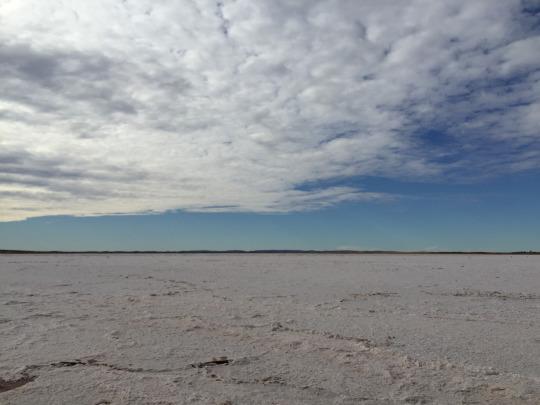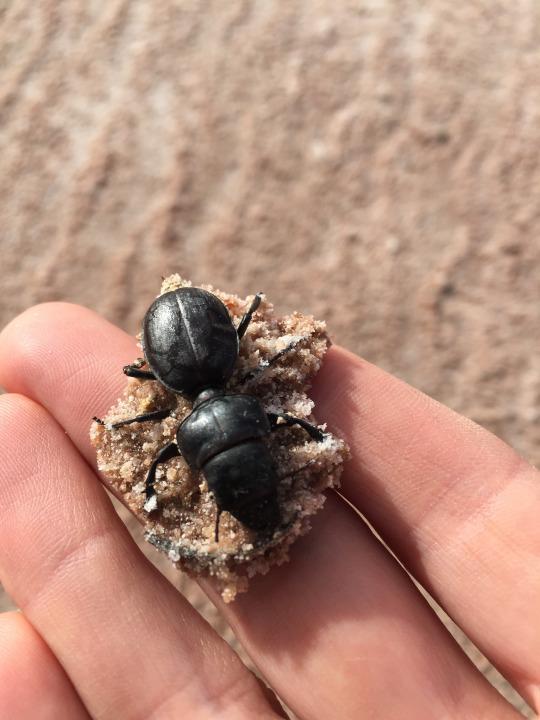The Australian Outback is a lot like the American West — vast, beautiful, and lonely. Animals outnumber the people about 500 to one (depending on your source), and everywhere you look are canyons, deserts, and flat. Lots of flat … and a never-ending sky. But Australia’s outback is about 10 times larger than the American West — and millions of years older.
Once, around 350 million years ago, much of the Australian Outback was covered by a huge inland sea. Today, nothing is left of that ocean except huge salt flats that dot the landscape around Uluru (formerly known as Ayers Rock), Kata Tjuta, and Mount Conner — the three most recognizable features in the Outback.

The wide-open landscape of the Australian Outback. (Photo: Paula Froelich)
Unlike Uluru or Kata Tjuta, Mount Conner, while still considered sacred by the local Aboriginal people, lies in the middle of a million-acre cattle farm owned by the Severin family. (The land was privatized in 1938, and all Aboriginals were moved off. But because Mount Conner isn’t as sacred as the other sites in the area, no one has come to claim it, so the land remains in private hands.) Located off the Peterman highway, a one-lane dirt road, many people call it “Fool-uru” because of its similarities to Uluru and its history.
“Back in the day, people would come from Alice Springs on the Peterman Highway — it was the only road out here from Alice Springs for years — and they would see Mount Conner and say, ‘Oh! Uluru!’, and turn around and go back home,” my friend and guide Stacy Beswisk laughed. “Many people never actually saw Uluru.”
These days, only the Severin family members have access to the top of Mount Conner (the youngest son was married there several years ago) but, as with Uluru, the drive around it is spectacular.
Related: G’Day Mate! How To Speak Australian

Mummified bug in the salt lake. (Photo: Paula Froelich)
Even more interesting is Lake Swanson, also on the ranch but about 10 miles away from Mount Conner.
Surrounded by salt bush and a few desert oaks, which Beswisk estimates are around 450 years old, the huge salt lake is all that’s left of the inland ocean.
“They used to mine salt here,” Beswisk said. “No more. … Now you can’t take it out of the country.”
